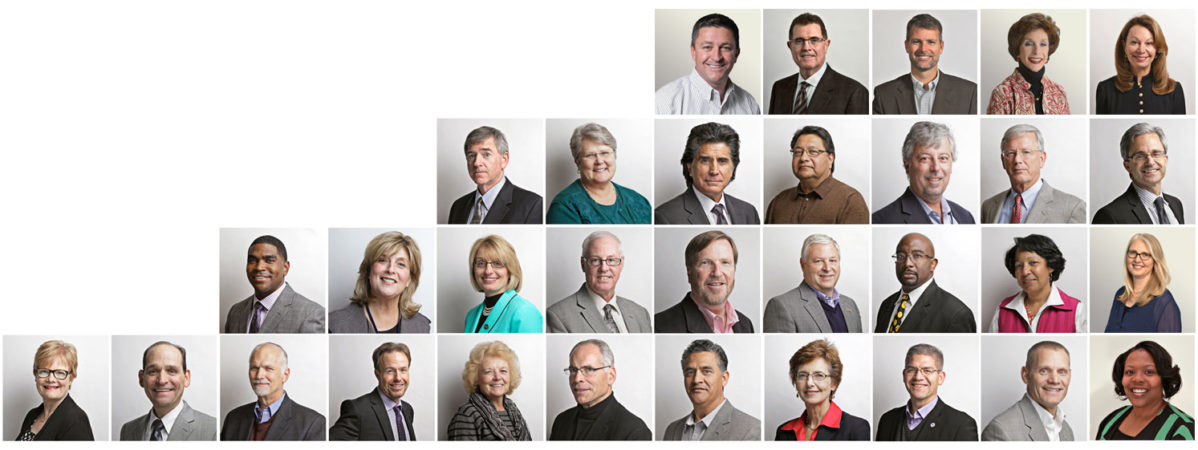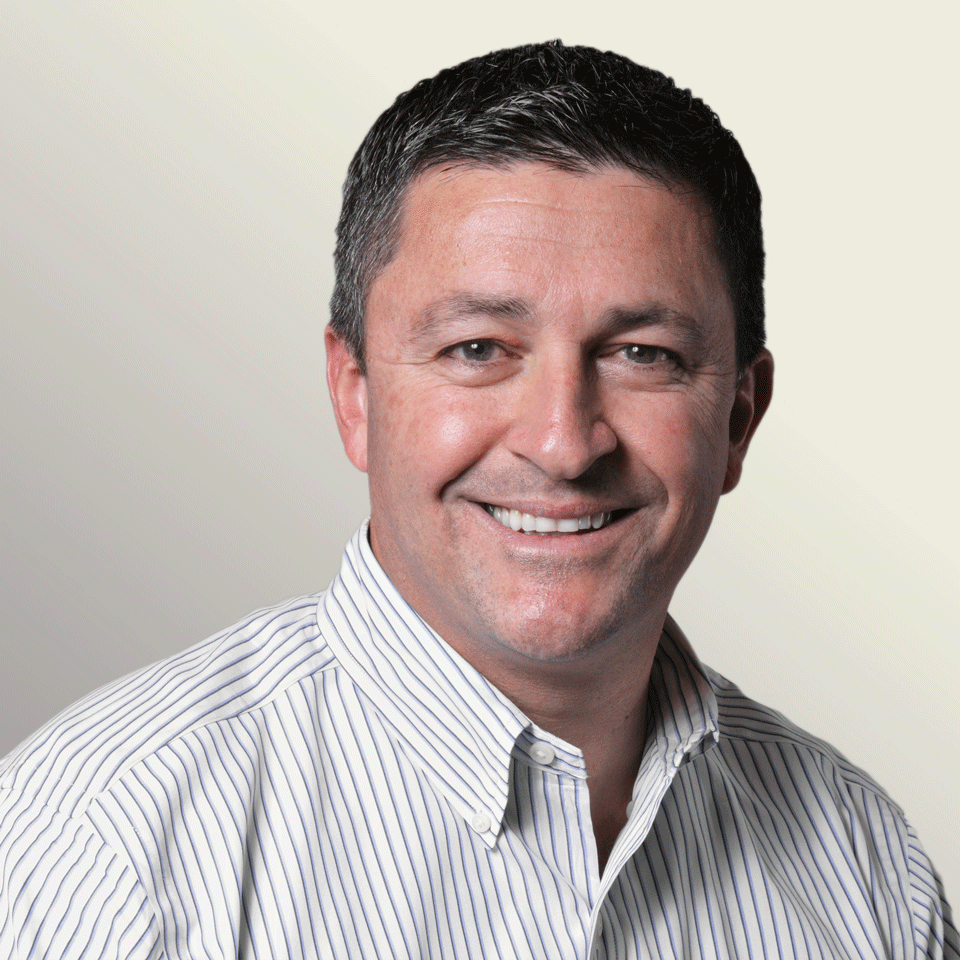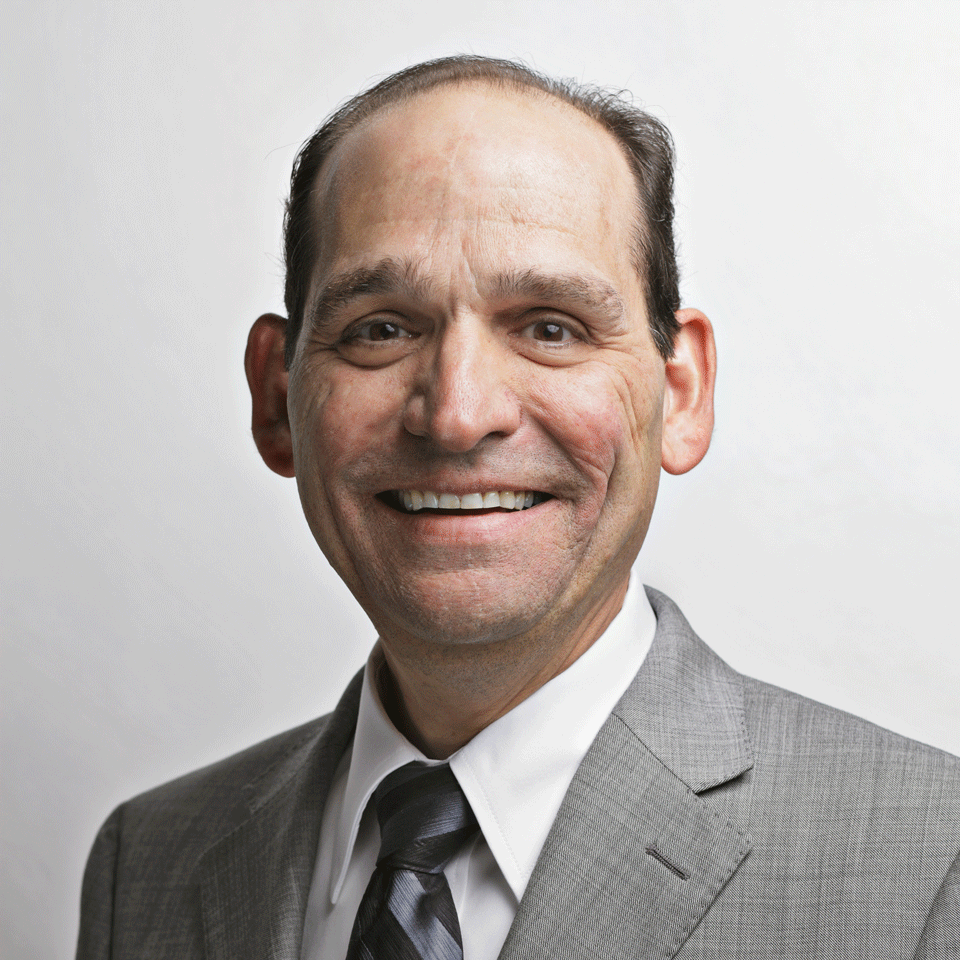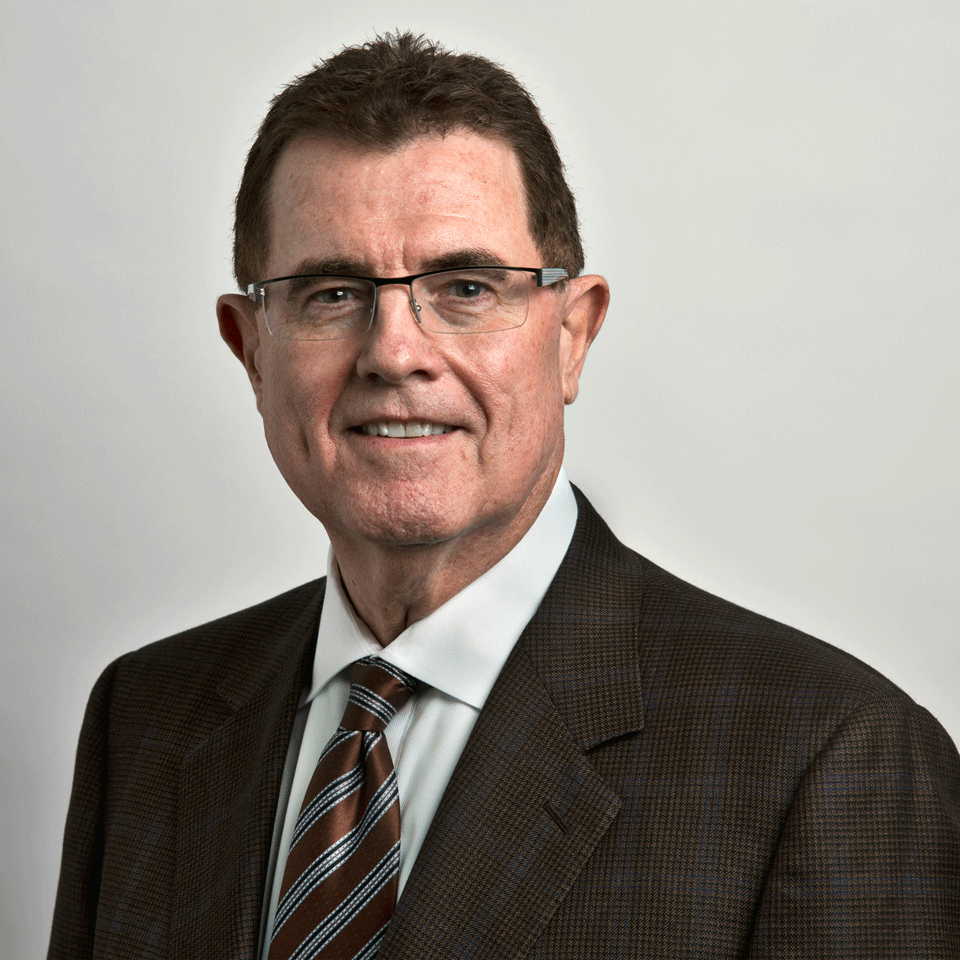
As technology alters the role of the teacher and the student in the classroom, school district superintendents too must reimagine how they lead. It is not enough to be simply be creative, or put technology in the classroom; a district’s ability to innovate often comes down to its culture. Are there clear, measurable goals? Is there freedom to try new things? Is there a collaborative and transparent decision-making process?
The changing skills and methods required of the 21st-century leader is an ongoing focus for Digital Promise and also the topic of an Education Week special report, “Managing the Digital District.” In addition to the ideas featured in Education Week’s report, we asked leaders from around the Digital Promise League of Innovative Schools how to build a culture that supports innovation within school districts. Check out some of the responses below and tell us what you think on our forum.
We’re supporting [teacher’s] efforts when they [innovate] and giving credence to what they’ve done by sharing it with others.
Linda Clark, Meridian Joint District No. 2, ID (Education Week)
 At 36,000 students, Meridian is the largest district in the state but receives just $4,100 in per-pupil funding. Because of its size and leanness, the district takes a bottom-up approach to innovation, supporting teacher-driven efforts to transform the classroom. Many teachers write their own grants to add technology to the classroom. For its part, the district hired a grant facilitator to consult with those teachers, created its own internal grant program, and provides resources on its website to help teachers connect with opportunities. In the first round, the district dispersed $80,000 to about 40 teachers. Every year the district holds an expo for teachers who received funding to explain what they learned to around 900 other teachers in the district.
At 36,000 students, Meridian is the largest district in the state but receives just $4,100 in per-pupil funding. Because of its size and leanness, the district takes a bottom-up approach to innovation, supporting teacher-driven efforts to transform the classroom. Many teachers write their own grants to add technology to the classroom. For its part, the district hired a grant facilitator to consult with those teachers, created its own internal grant program, and provides resources on its website to help teachers connect with opportunities. In the first round, the district dispersed $80,000 to about 40 teachers. Every year the district holds an expo for teachers who received funding to explain what they learned to around 900 other teachers in the district.
“Now more than ever before, creating a successful learning environment for all students is a partnership and one that involves a diverse group of stakeholders – administrators, teachers, parents and community members.”
Robert Avossa, Fulton County Schools, GA
 Fulton County is a charter system, meaning its schools have flexibility from certain local and state policies, which Avossa says can spur innovation. Each school develops its own strategic plan and operates its own governance council, where principals collaborate with teachers, parents, administrators, and other stakeholders. Together, Avossa says, they can create a shared vision for the school because the new members have “true decision-making authority.”
Fulton County is a charter system, meaning its schools have flexibility from certain local and state policies, which Avossa says can spur innovation. Each school develops its own strategic plan and operates its own governance council, where principals collaborate with teachers, parents, administrators, and other stakeholders. Together, Avossa says, they can create a shared vision for the school because the new members have “true decision-making authority.”
“You have to clearly send signals that mistakes, bumps, and turbulence are part of the landscape. It happens, and it’s OK, and if things don’t go right, that’s normal.”
Mark Edwards, Mooresville Graded School District, NC (Education Week)
 Edwards says that in order to spur innovative practices, you have to encourage teachers to experiment without the fear of being punished. In Mooresville, that approach is complemented by a clear set of academic goals that the district consistently meets (it is among the top-performing districts in the state with a low-income population and minimal funding). Rather than credit its renowned 1:1 laptop program, Edwards believes the district’s success is due to its staff and community’s complete buy-in to a culture that balances innovation with accountability.
Edwards says that in order to spur innovative practices, you have to encourage teachers to experiment without the fear of being punished. In Mooresville, that approach is complemented by a clear set of academic goals that the district consistently meets (it is among the top-performing districts in the state with a low-income population and minimal funding). Rather than credit its renowned 1:1 laptop program, Edwards believes the district’s success is due to its staff and community’s complete buy-in to a culture that balances innovation with accountability.
“School districts need to look beyond their own walls and school leaders need to collaborate with business, industry, colleges, and universities, as well as other school districts, to identify what innovative practices are occurring in these places.”
Bart Rocco, Elizabeth Forward School District, PA
 As a small district in rural Pennsylvania, Elizabeth Forward isn’t an obvious candidate to prepare its students for high-skill jobs of the future. But through its partnerships with high-tech industry leaders and universities like Carnegie Mellon, the district offers a leading STEM program that combines real-world work experience and technical education with maker spaces, STEM academy programs, and kinesthetic learning environments. By getting feedback from industry and academia, Elizabeth Forward can provide students with learning experiences and skills that mirror what they can expect after graduation.
As a small district in rural Pennsylvania, Elizabeth Forward isn’t an obvious candidate to prepare its students for high-skill jobs of the future. But through its partnerships with high-tech industry leaders and universities like Carnegie Mellon, the district offers a leading STEM program that combines real-world work experience and technical education with maker spaces, STEM academy programs, and kinesthetic learning environments. By getting feedback from industry and academia, Elizabeth Forward can provide students with learning experiences and skills that mirror what they can expect after graduation.
“What I’m trying to do is get people that really, really know what they’re talking about, get us all together, and have the group become co-architects, versus this being Terry Grier’s digital-conversation program.”
Terry Grier, Houston Independent School District, TX (Education Week)
 Not only should superintendents look outside the district for ideas, but they should lean on expertise within the district to make decisions, as Grier points out. To complement his knowledge of curriculum and instruction, Grier hired Lenny Schad to apply his technical expertise to the district’s Chief Information Technology Officer position, in advance of a system-wide initiative to close the digital divide in Houston. As is evident in this Q-and-A with Education Week, Grier is comfortable delegating major decisions to the team around him even if his initial ideas aren’t the ones enacted.
Not only should superintendents look outside the district for ideas, but they should lean on expertise within the district to make decisions, as Grier points out. To complement his knowledge of curriculum and instruction, Grier hired Lenny Schad to apply his technical expertise to the district’s Chief Information Technology Officer position, in advance of a system-wide initiative to close the digital divide in Houston. As is evident in this Q-and-A with Education Week, Grier is comfortable delegating major decisions to the team around him even if his initial ideas aren’t the ones enacted.